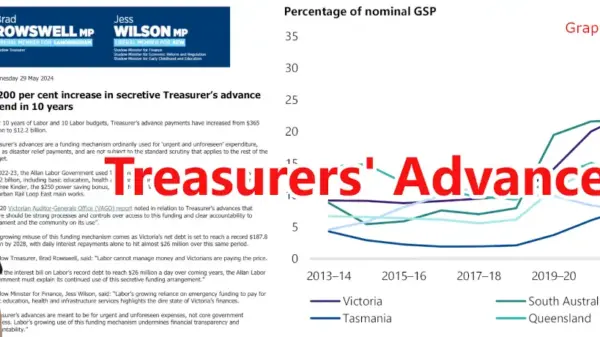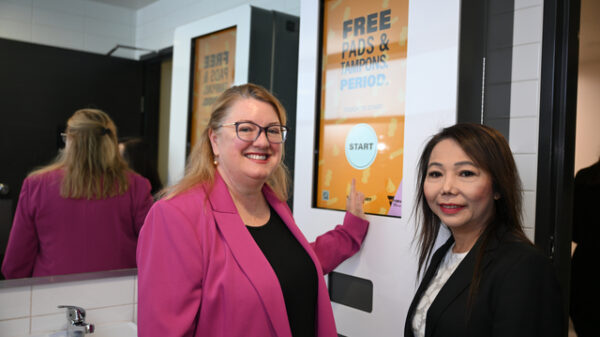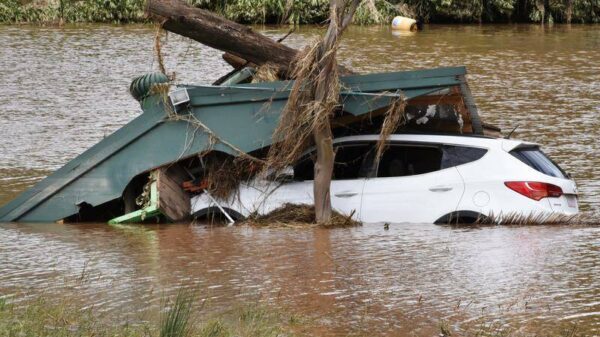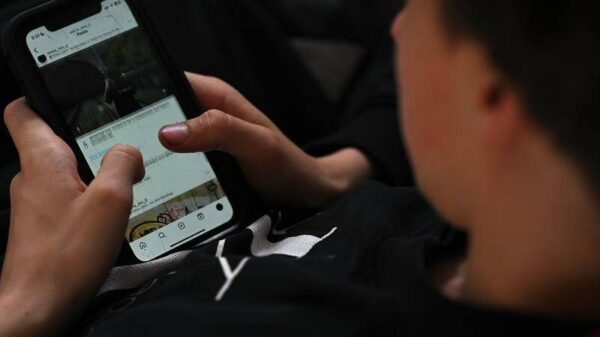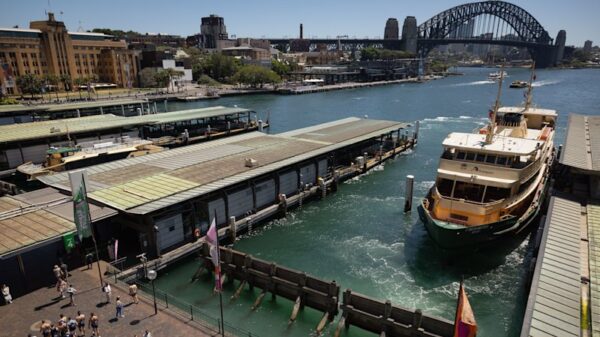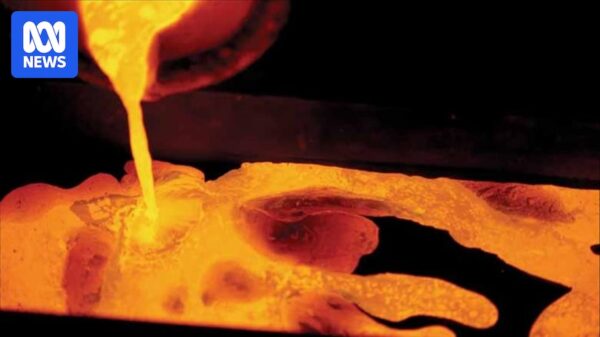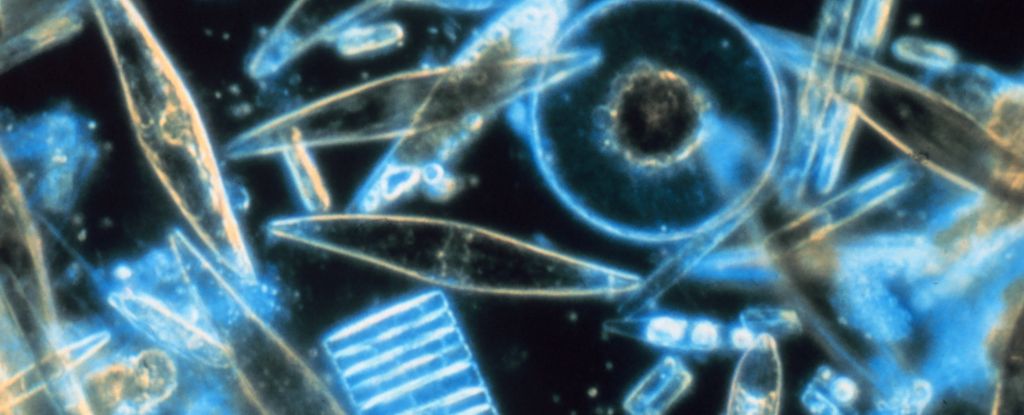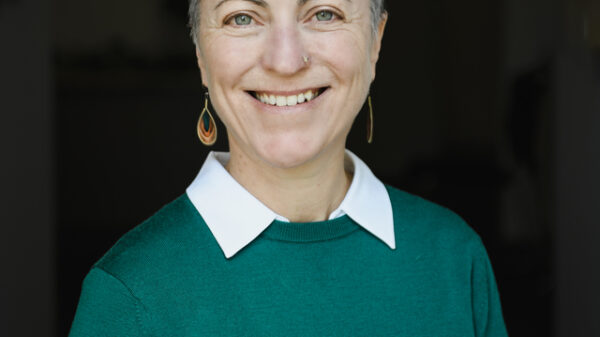A striking patch of turquoise in the Southern Ocean has captured the attention of scientists for over two decades. Initially detected in satellite images in the early 2000s, this radiant area may now have its mystery unraveled by a team of oceanographers led by Barney Balch. Their research reveals that this glow is primarily caused by billions of microscopic organisms, challenging long-held beliefs about carbon absorption in the world’s coldest oceans.
The patch lies south of the Great Calcite Belt, an area recognized for its high concentration of coccolithophores—single-celled organisms that create calcite scales known as coccoliths. These microorganisms play a crucial role in the global carbon cycle, contributing approximately 30 million tonnes of carbon annually. The Great Calcite Belt itself, first identified around twenty years ago, reflects sunlight due to these scales, assisting scientists in estimating oceanic calcite levels.
Despite the high reflectiveness of the waters immediately south of the Great Calcite Belt, the conditions there were presumed too frigid for coccolithophores to thrive. The challenging sea conditions, including rough waters and icebergs, have limited research efforts in this remote area. To better understand this phenomenon, Balch and his colleagues embarked on an expedition aboard the Roger Revelle, which set sail from Hawaii toward the South Pole.
During their journey, the team traversed the Great Calcite Belt, which, at the time, was teeming with coccolithophores due to the Southern Hemisphere’s summer. Balch noted, “Satellites only see the top several meters of the ocean, but we were able to drill down with multiple measurements at multiple depths.” Their research included assessments of ocean color, calcification rates, photosynthesis rates, and concentrations of inorganic carbon and silica—key indicators of coccolithophores and their competitors, diatoms.
Historically, researchers have regarded the Great Calcite Belt as the domain of coccolithophores, while the waters south of its polar front were considered suitable for diatoms. The scientists acknowledged existing observations of high-reflective waters further south but questioned their origin. They previously attributed such reflectiveness to factors like loose ice, glacial flour, blooms of Phaeocystis algae, or other particulate materials.
The study yielded significant findings: not only did the team provide evidence of calcification occurring in these southern waters, but they also observed coccolithophores in unexpected locations, extending as far south as 60°S. Nevertheless, the presence of coccoliths alone could not account for the observed brightness in satellite imagery. The researchers concluded that the high density of diatoms in these waters produced a similar optical effect, overshadowing the role of coccolithophores.
“Our results suggest that these highly reflective polar waters result from scattering by diatom frustules, not coccolithophores,” the authors stated. This revelation necessitates a reevaluation of how satellite measurements estimate particulate organic carbon in these regions.
Balch emphasized the importance of expanding the understanding of coccolithophore habitats, noting, “We’re finally beginning to understand the patterns we see in satellite images of this part of the ocean we rarely get to go to.” The findings were published in the journal Global Biogeochemical Cycles, contributing valuable insights to the field of oceanography and the study of carbon cycles in the Southern Ocean.

